Bruce Dorsey writes
“At the end of the 1820s, American Quakers suffered a bitter and long-term division known as the Hicksite schism. Following a … Yearly Meeting in April 1827, a group of Quaker reformers separated themselves from the main body of Friends, and formed their own independent meeting. The schism in the Philadelphia meeting spread rapidly outward in concentric circles disrupting other Quaker meetings throughout North America. By the end of the decade, Philadelphia Quakers had divided into two distinct and hostile factions.” (“Friends Becoming Enemies: Philadelphia Benevolence and the Neglected Era of American Quaker History,” Journal of the Early Republic, 18, no. 3 (Autumn 1998)).
The reformers or Hicksite Quakers thought Orthodox publications linking the Friends with traditional Protestant doctrines were attempts to impose a creed on Quakerism, “an engine of oppression and restraint against the freedom of mind….” They responded with their own publications, of which this is one. Published anonymously, the “hole in the wall” refers to James Parnell, a Quaker martyr, who was jailed and forced to sleep in a hole far up on the cell wall. One day, while climbing up he fell and died.
The leader of the reform movement and their namesake was Elias Hicks (1748-1830). Hicks preached obedience to the light within, a phrase used in Hole in the Wall, leading some to believe the anonymous author was Hicks. The book is surprisingly illustrated with three copper plate engravings, rather than the customary wood engravings. Hicks’s cousin painter Edward Hicks (1780-1849) was also a member of the Hicksite Quakers and may have helped Elias with the creation of these naïve works.
Hole in the Wall: or a Peep at the Creed-Worshippers. Embellished with cuts by the author. [S.l.: s.n.], 1828. Graphic Arts GAX 2010- in process. Gift of David B. Long, in honor of Gillett G. Griffin.
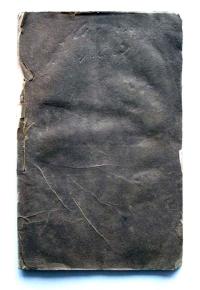
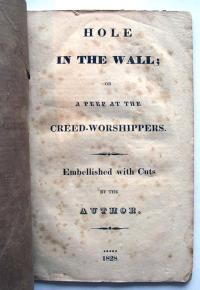
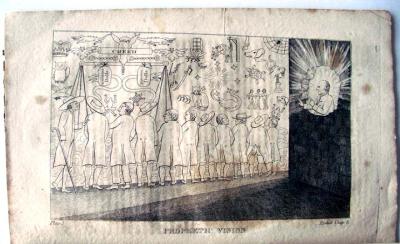
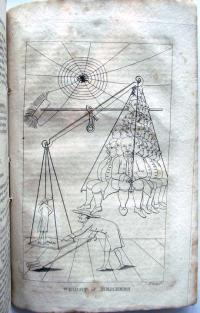

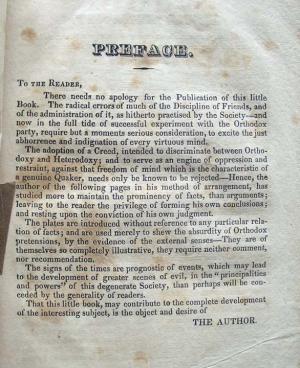
I have an original copy of:
Hole in the Wall: or a Peep at the Creed-Worshippers. Embellished with cuts by the author. [S.l.: s.n.], 1828.
What is it worth?
What should I do with it?